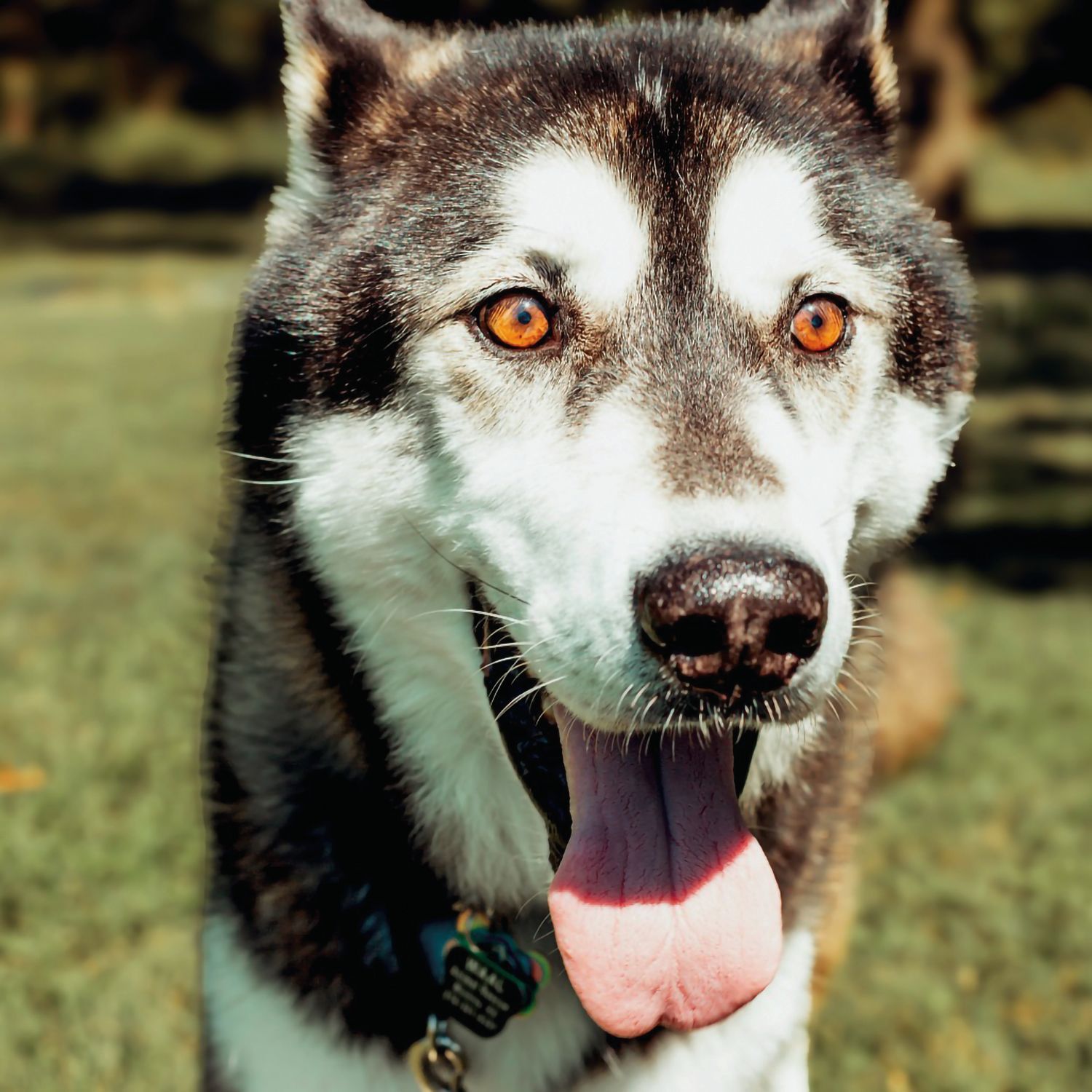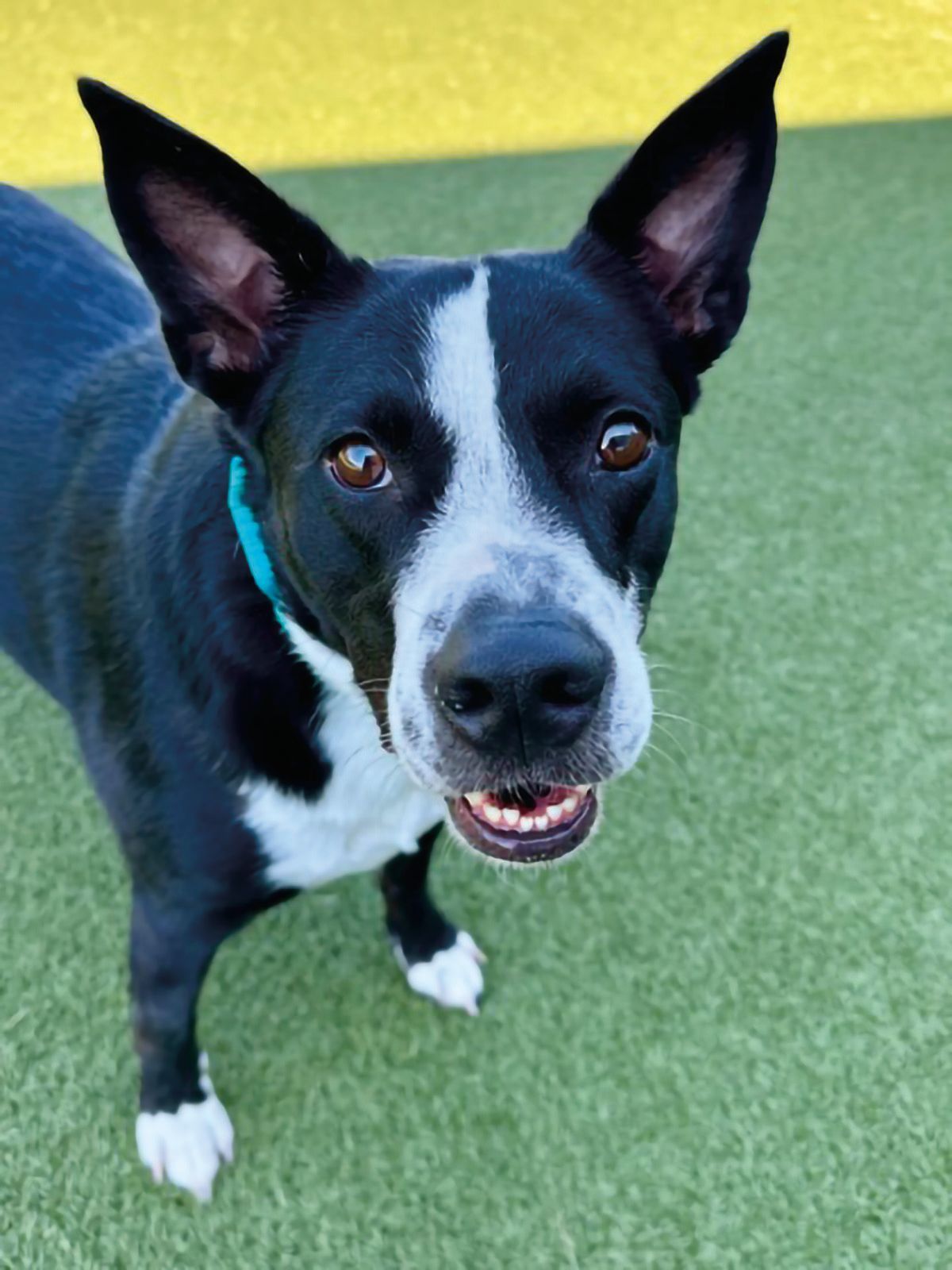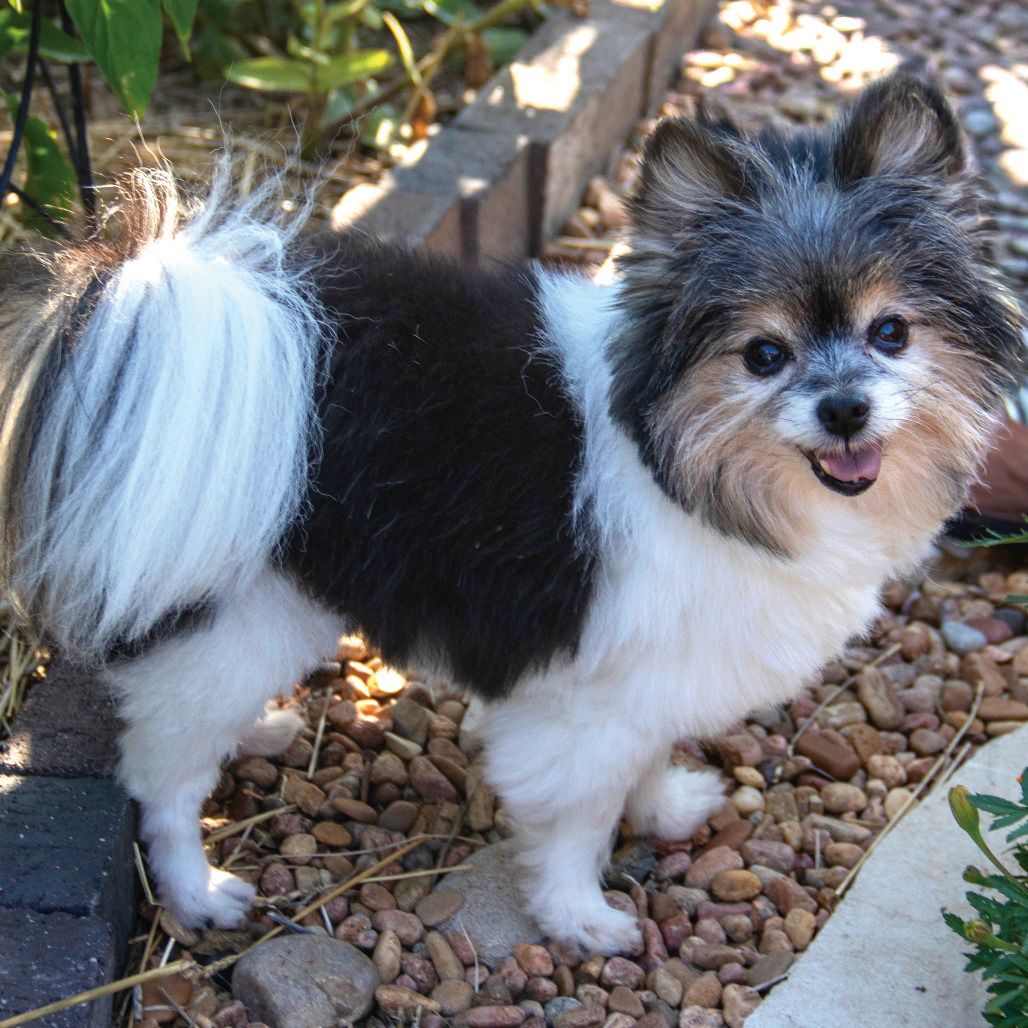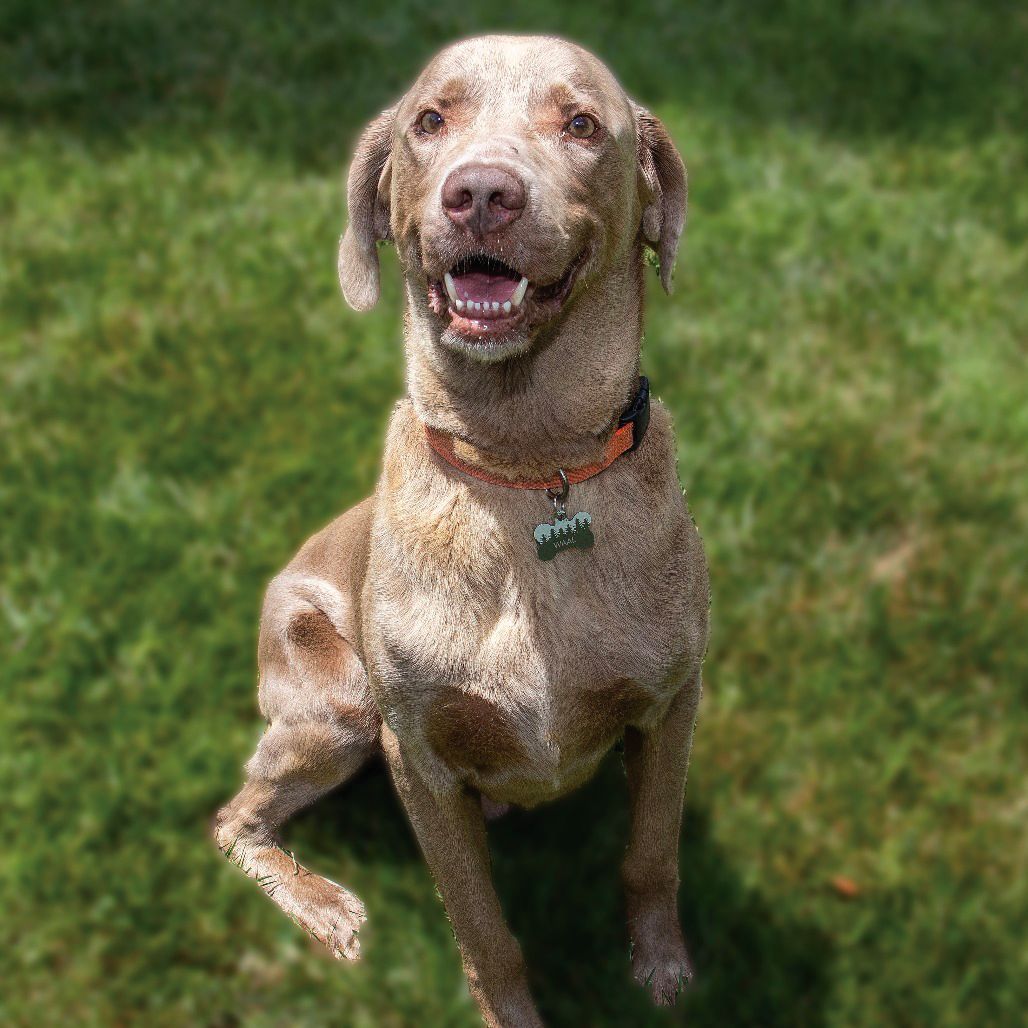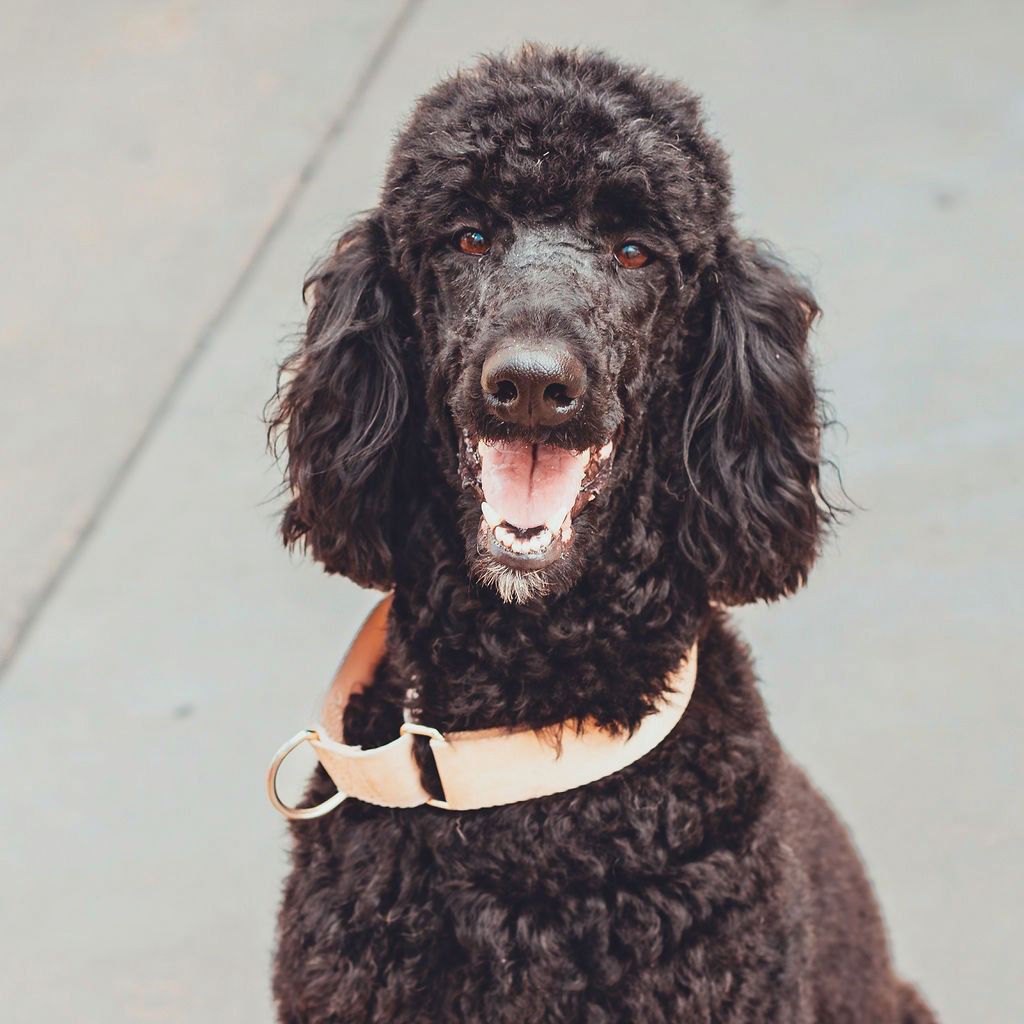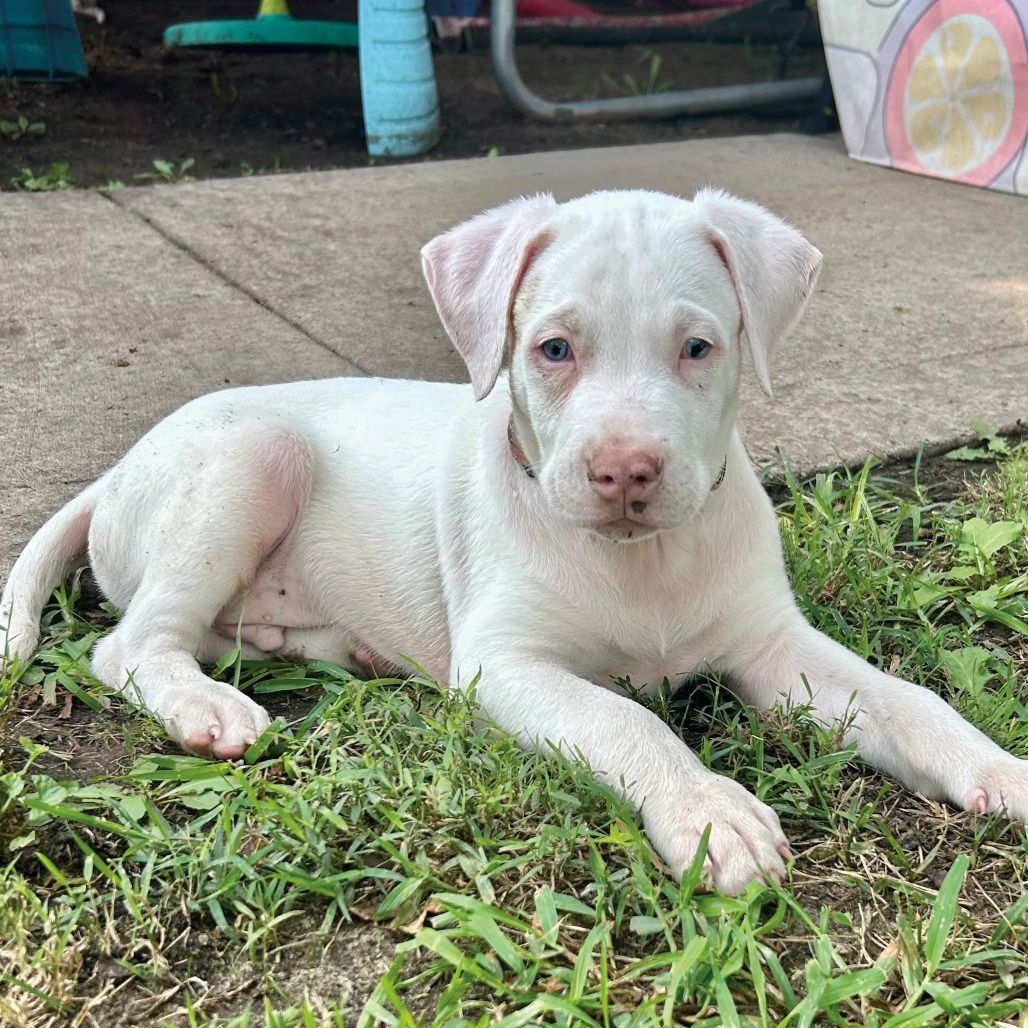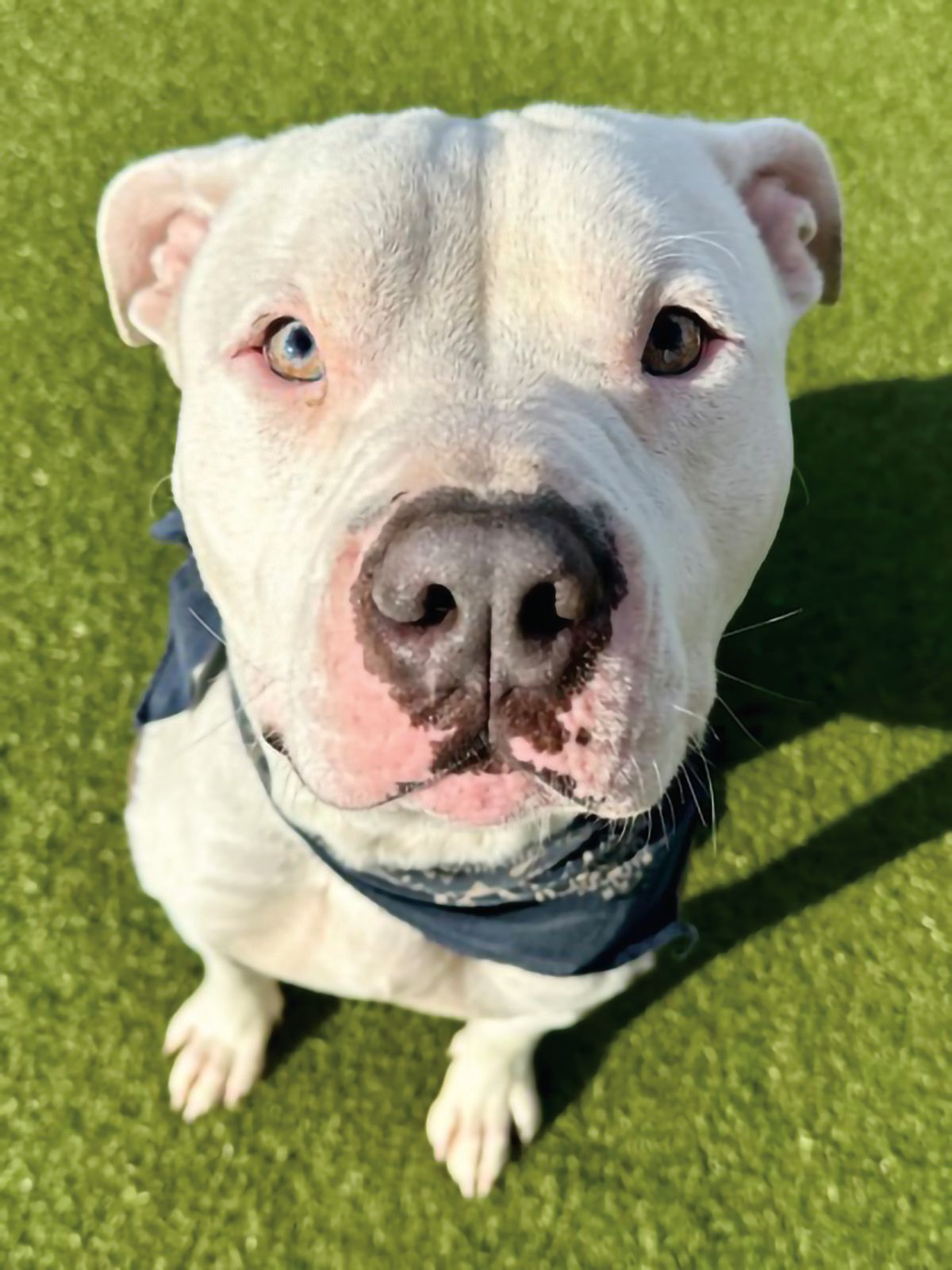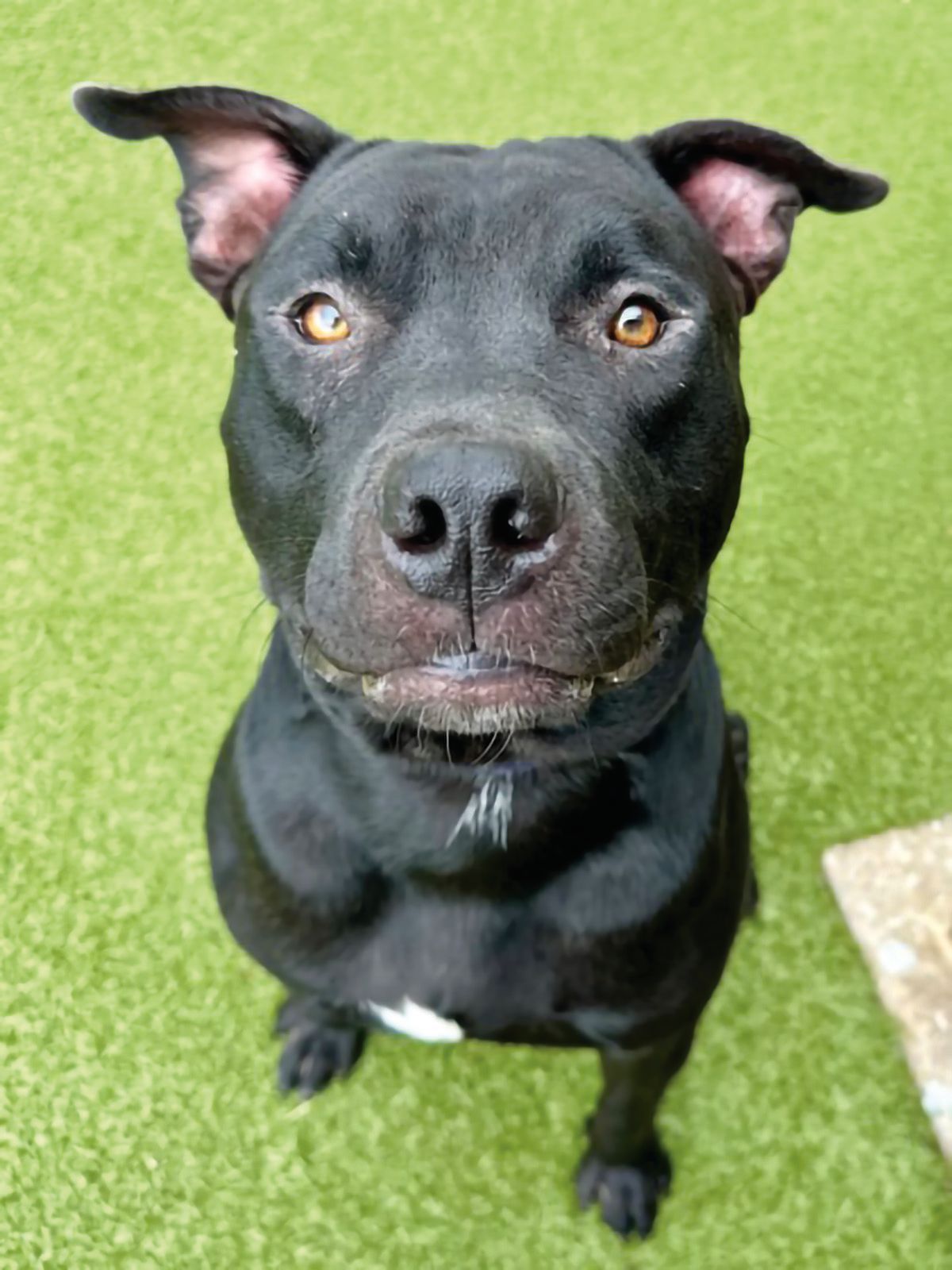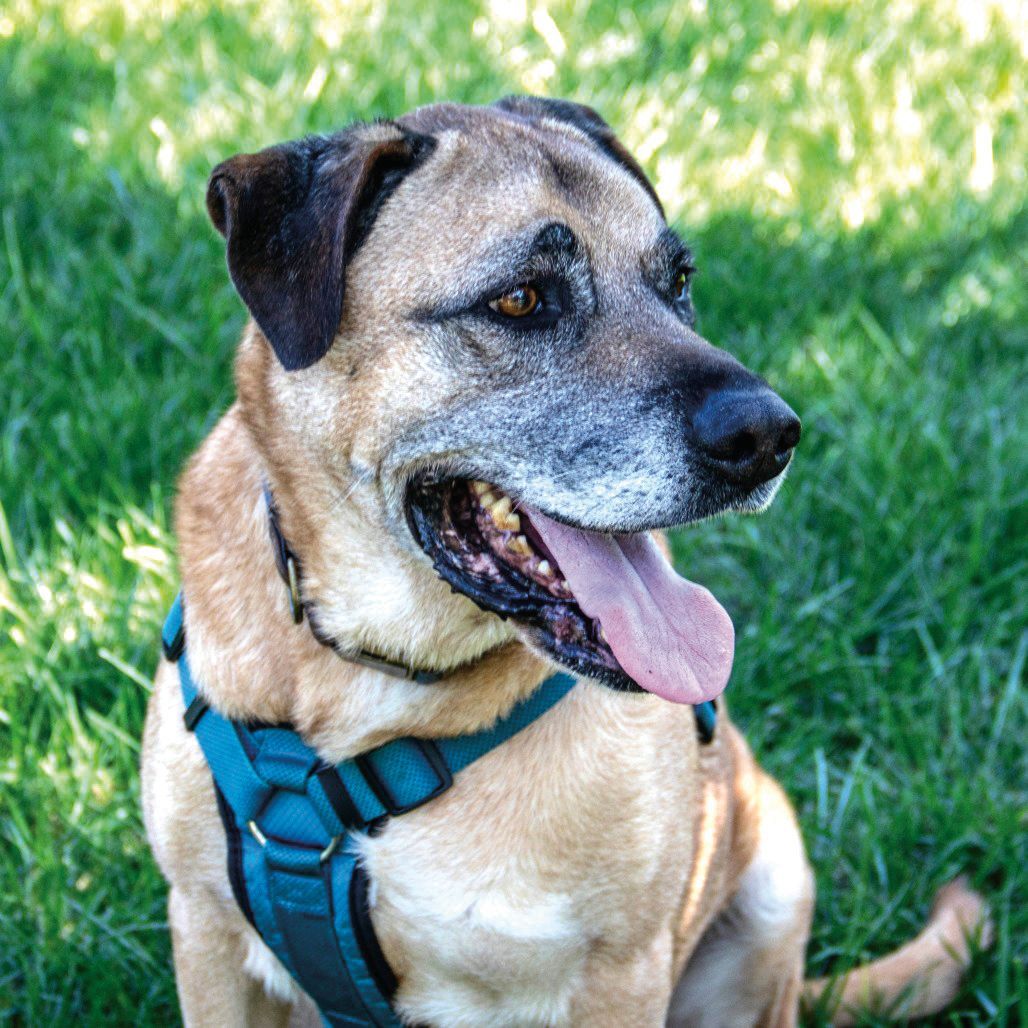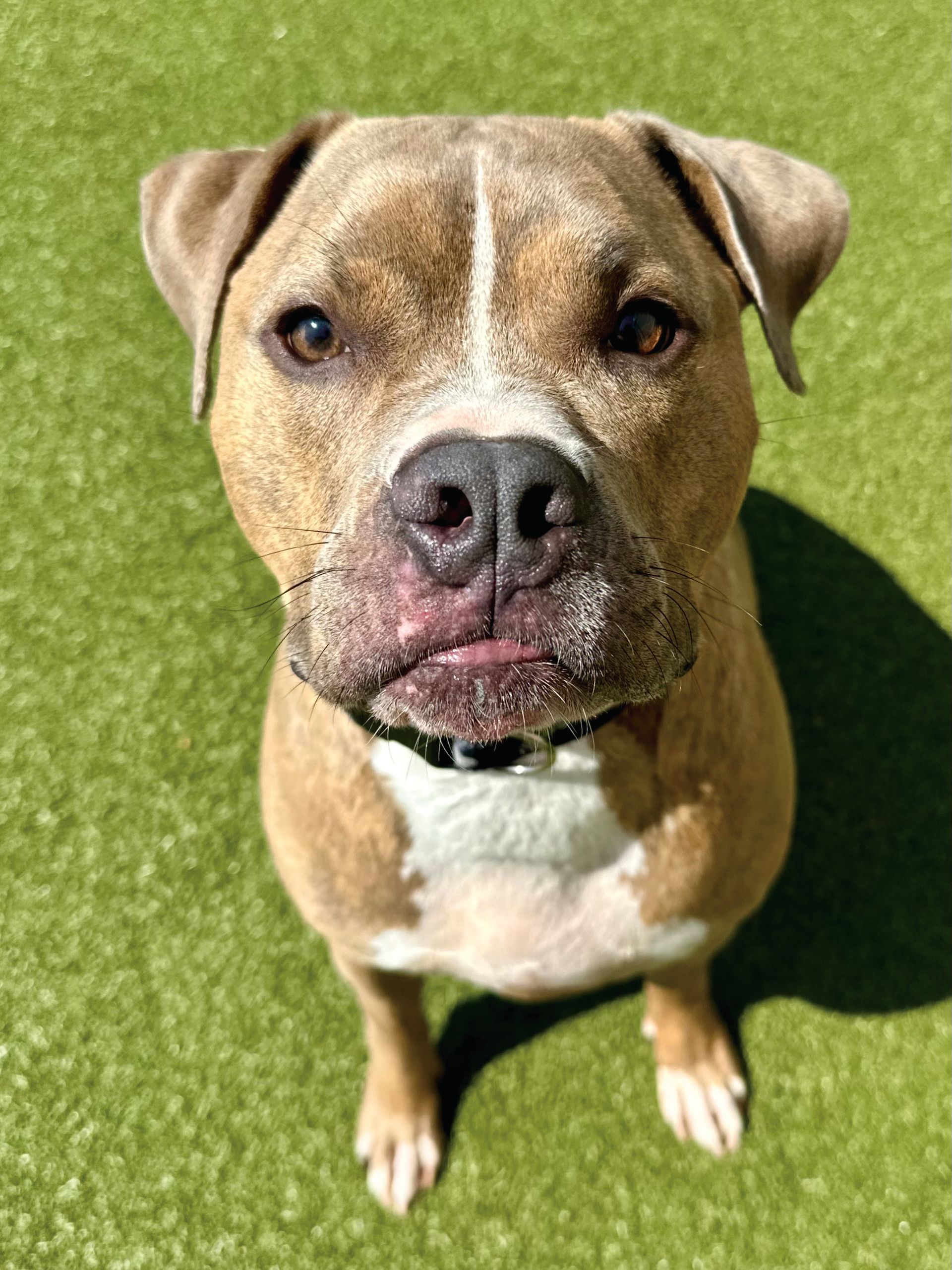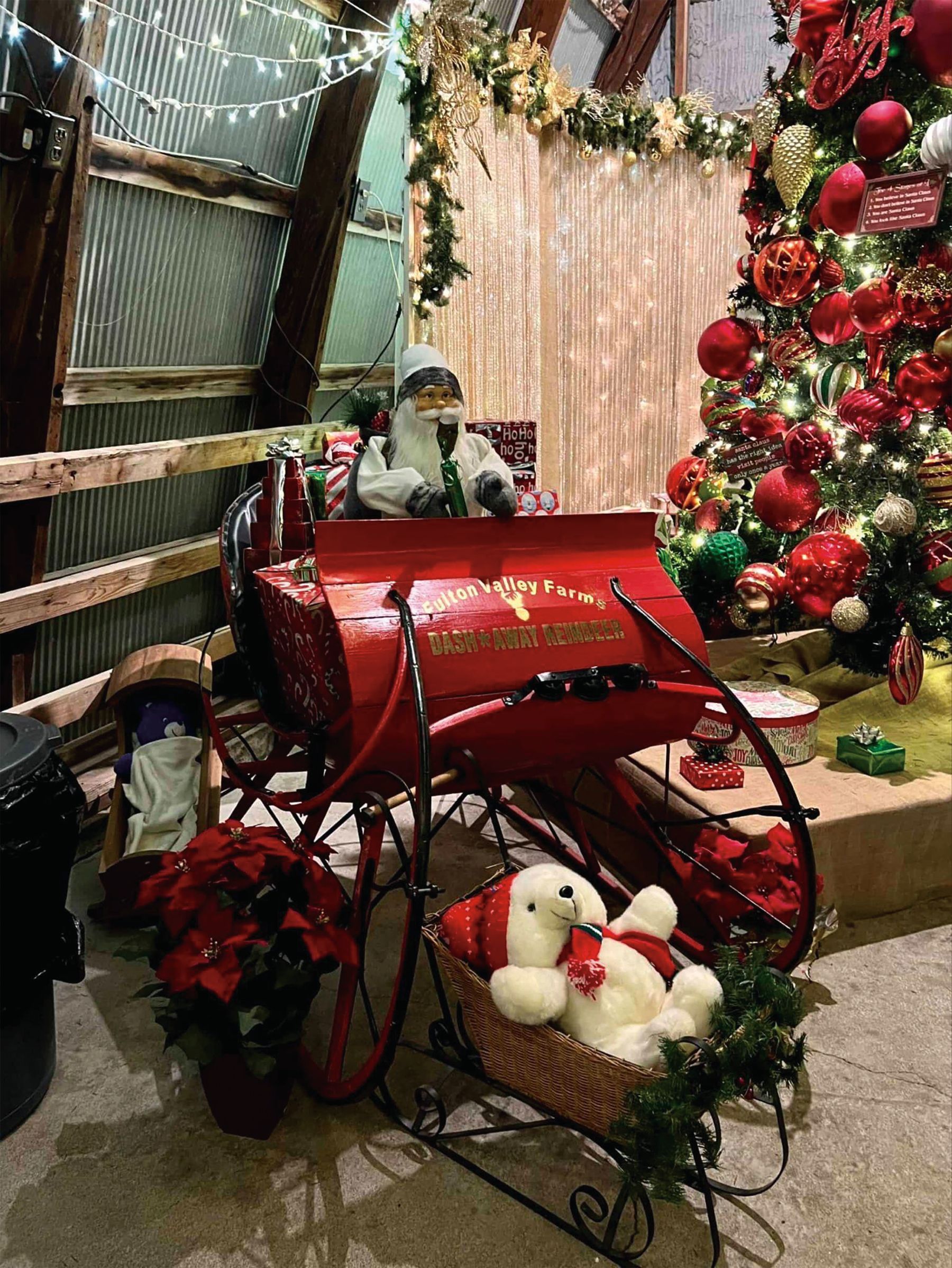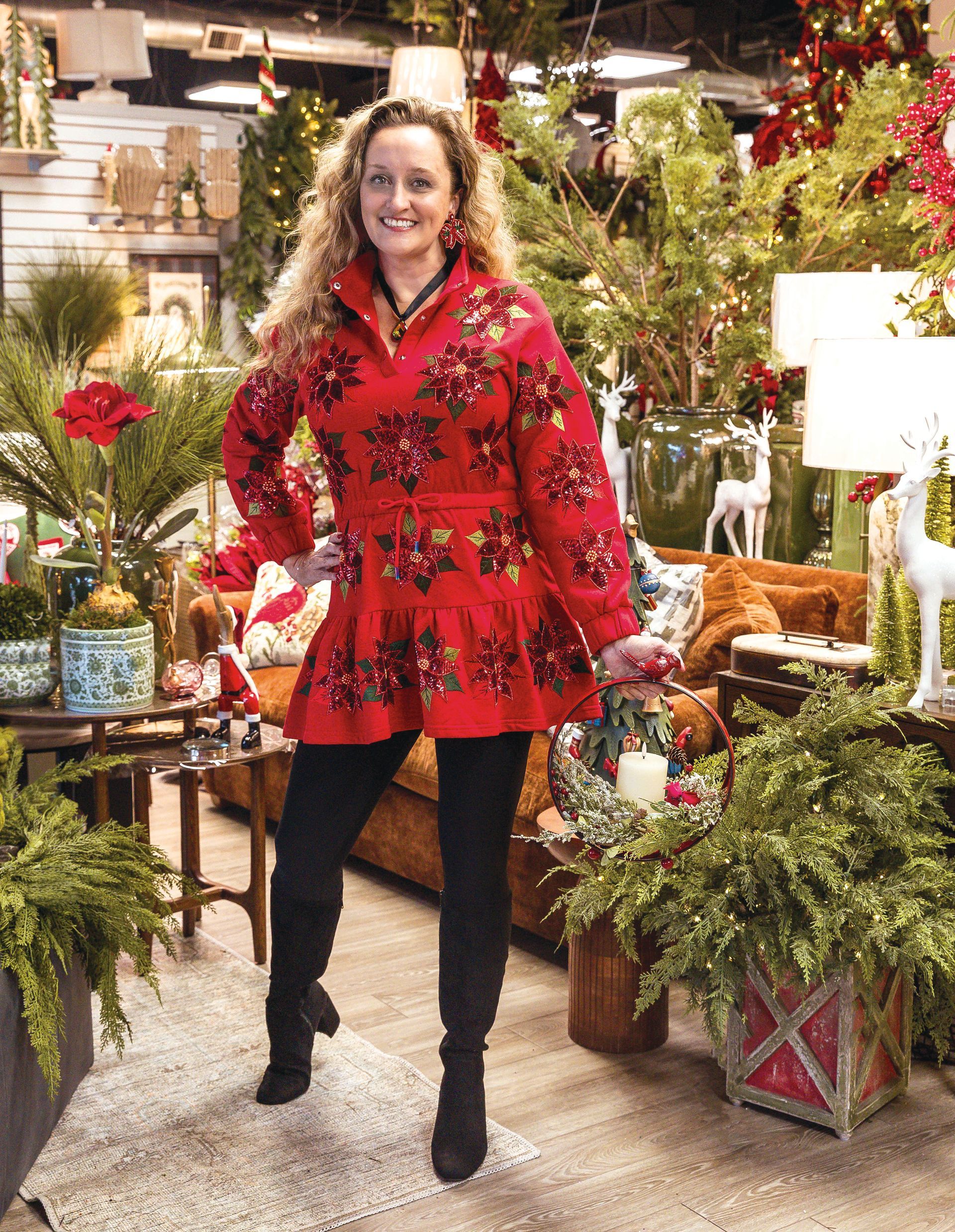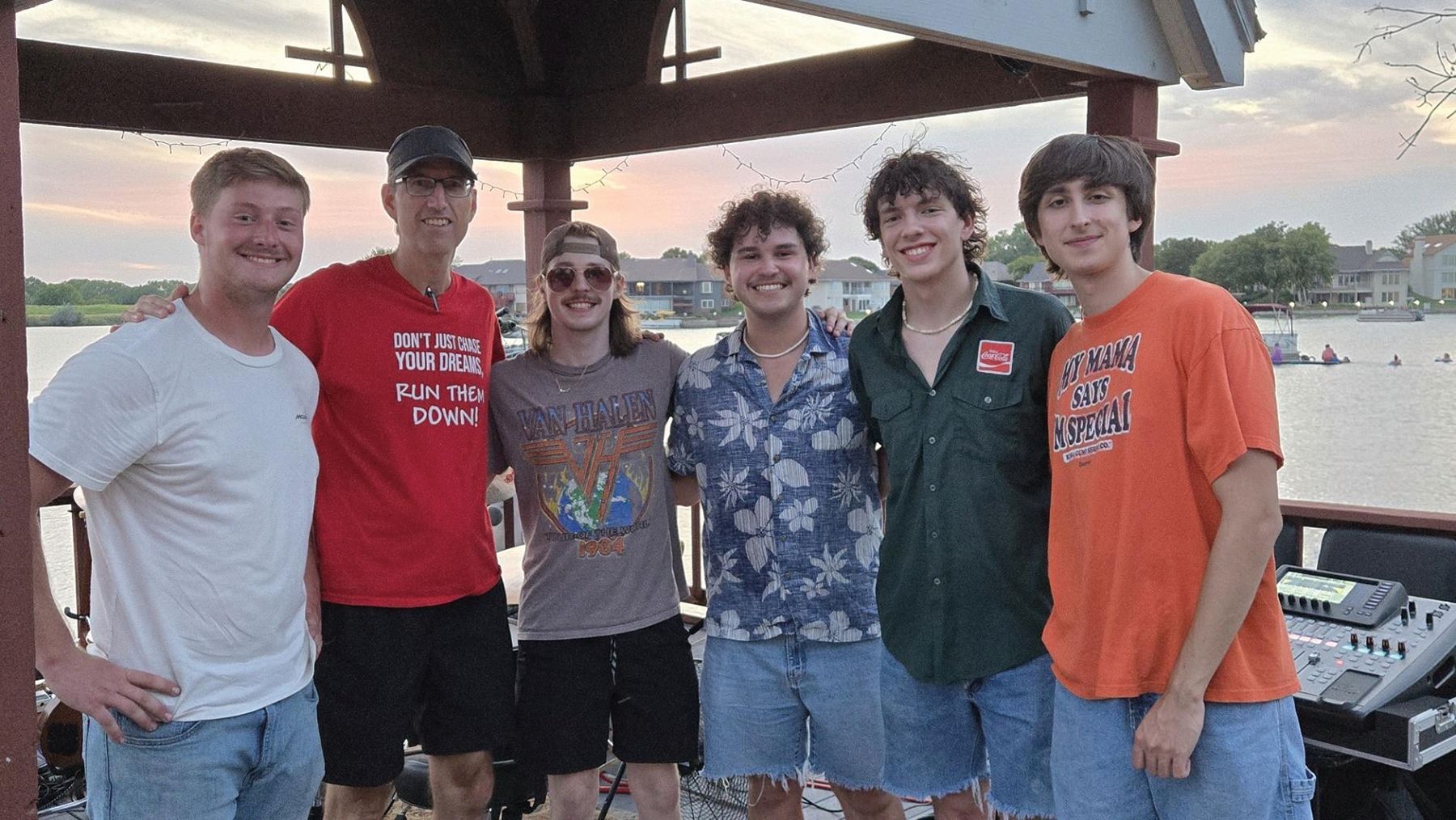Giving Every Dog Its Day
Written by Paige Feikert
Spotlight on Local Animal Shelters and Rescue Groups
Written by Paige Feikert
Colson has lived with a foster family for more than nine months under the care of Wichita Animal Action League (WAAL). He’s a six-year-old Alaskan husky and shepherd mix with a handful of health-related challenges, looking for a place that he can permanently call home.
“He’s such a sweet dog,” said Christy Fischer, executive director of WAAL.
Whether it’s his age or his arthritis, hip dysplasia and special diet, Colson has had a hard time finding a home and has spent more than 280 days with his foster. However, Colson seems like the perfect pet — a lover of walks, fetch, afternoon naps and belly rubs — and a good fit for a home with kids, cats or other dogs. Plus, at six years old, Colson is only at middle age, as Alaskan huskies live 10 to 15 years on average according to the American Society for the Prevention of Cruelty to Animals (ASPCA). But Colson falls into a category of less adoptable pets due to his age and ailments.
“People fall in love with the idea of getting a puppy. They get this idea that ‘I can grow old with it and my kids can grow old with it,’ but I think people forget how traumatic puppies can be,” Fischer said. “Especially for people who are working, people who are not home all day, an older dog is definitely the way to go.”
Pet Overpopulation Crisis
Colson is one of dozens of dogs up for adoption in the Wichita area. Between WAAL, the Kansas Humane Society (KHS), Beauties and Beasts, and Lifeline Animal Placement & Protection (LAPP) more than 230 dogs are available for adoption right now in Wichita. It’s part of a national pet overpopulation crisis — a fallout from the Covid-19 pandemic.
“A recent study came out that said that if pre-Covid spay and neuter numbers resume, which has not happened, it will be 14 and a half years until that population gets back to what it was before Covid,” Fischer said. “The overpopulation right now is the number one thing killing pets.”
Adopt a Shelter Dog Month
October is Adopt a Shelter Dog Month, a time dedicated to encouraging adoption through shelters and rescues, as opposed to buying a pet from a breeder or pet store. Local shelters and rescues need help from the community to continue supporting their mission of saving the lives of animals. But adopting a pet is not the only way you can participate — volunteering, fostering, donating and fundraising are all ways to support local shelters and rescues.
In light of the pet overpopulation crisis, pet owners can also support the message of Adopt a Shelter Dog Month by getting their pets spayed or neutered — a service that is made affordable through the Kansas Humane Society (KHS).
“Every animal that gets spayed or neutered helps decrease the surplus animal population; it’s really important right now,” said Jordan Bani-Younes, director of communications at the Kansas Humane Society. “We are dealing with too many pets right now, we don’t need more.”
Through their Pets for Life and Animal Care Collective programs, WAAL offers free spay and neuter services to the Planeview and Hilltop communities in Sedgwick County, among other services, including other veterinary services, microchipping, vaccinations, pet food and supplies, and more.
“Two thousand community pets will be spayed and neutered in the community this year,” Fischer said. “We are incredibly excited about that, because we believe that spay and neuter is the number one way to save lives.”
Animal Welfare, Human Welfare
The Pets for Life and Animal Care Collective programs are just two examples of how WAAL has grown beyond its original mission to rescue local animals — the organization is now focused on supporting the community as a whole, including pets and their humans through programs like their partnerships with local food banks and programs to provide veterinary services to low-income neighborhoods.
“I’m a firm believer that human welfare and animal welfare are very closely linked,” Fischer said. “How do you go into a neighborhood and give somebody a bag of dog food and look at their teenage child who hasn’t eaten in 24 hours? Those situations have encouraged us to branch out.”
Other programs at WAAL include the Safe Paws Alliance, a program where WAAL provides a safe home for animals whose owners are veterans who need inpatient care, and owners who are survivors of domestic abuse. Through this program, WAAL can also provide survivors’ pets with veterinary care and pet supplies like dog beds, kennels and more.
The Importance of Foster Families
WAAL does not have a physical shelter for pets — the organization employs a foster-based model, where pets live in foster homes before they are adopted. WAAL has more than 100 foster families supporting their mission to rescue local animals.
“We believe more in the foster model, because it really enables us to know the most about the animal, so it really helps us match up good fits with families, and it also helps us identify behavioral concerns,” Fischer said.
Though KHS does have a physical shelter, the organization also depends on foster families to support animals after surgery, enable socialization, help animals that might feel overwhelmed, and most importantly to expand their reach.
‘The overpopulation right now is the number one thing killing pets.’ — Christy Fischer, executive director, WAAL
“Fostering is super important for a variety of reasons, but the main one is it allows us to help more animals, and that’s what we’re here to do, to help as many animals as we possibly can to the best of our ability,” Bani-Younes said.
Volunteers and donations are also always needed, as both organizations rely heavily on community support. Through KHS, volunteers can do anything from walking dogs to sorting laundry to helping in their store. Volunteers can even sign up to take a dog out of the shelter for a day through the Dog’s Day Out program at KHS.
“It’s a great way to give your dog a break from the shelter, shelters can be stressful,” Bani-Younes said.
Volunteers can start as young as 9 years old with a parent or guardian, and 16 years old to volunteer alone. Local shelters and rescues also rely on donations, both monetary and in-kind. KHS will hold its annual Woofstock fundraiser on October 4 at Sedgwick County Park for its 29th year, with hopes of raising more than $200,000 for local pets.
This October, consider adopting a dog, volunteering, donating, fostering and advocating for local shelters and rescues — an act of love for animals and for the community.
“Any shelter animal is going to love you in a way that, if you haven’t had a shelter pet, it’s something you may have not experienced,” Bani-Younes said. “There is something special about adopting out of a shelter.”
Resources
You can find adoptable pets, volunteer opportunities and ways to donate on WAAL’s website at waalrescue.org, KHS’s website at kshumane.org, Beauties and Beasts’ website at beautiesandbeasts.org and LAPP’s website at lifelineanimalplacement.org.

